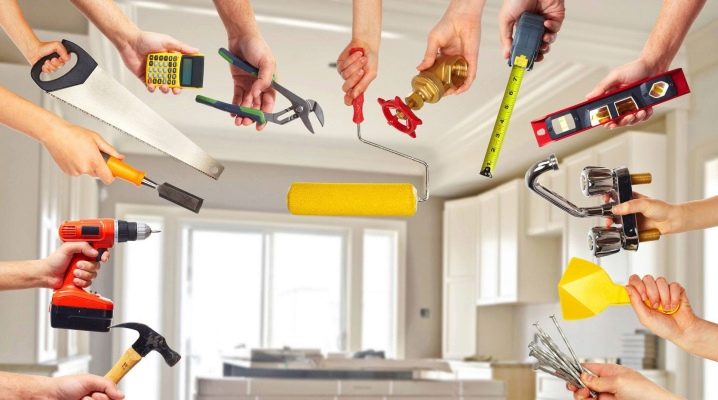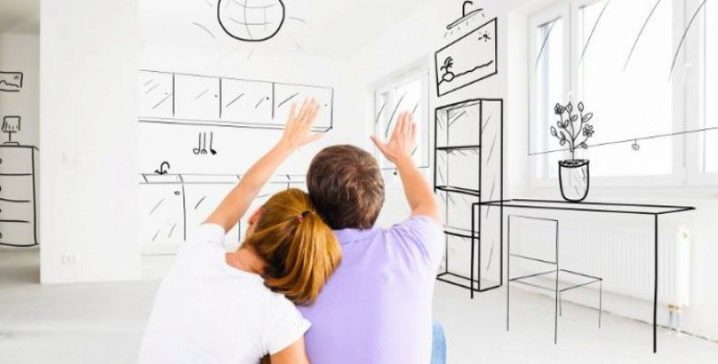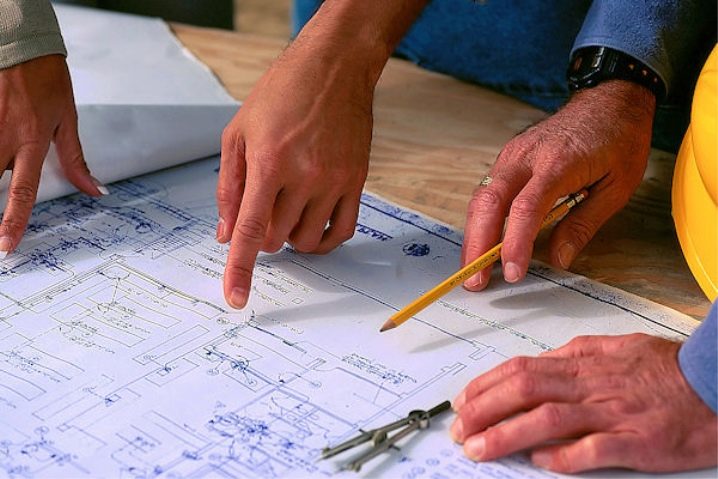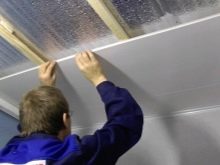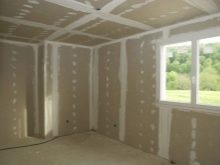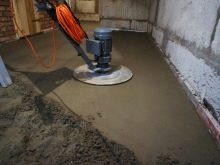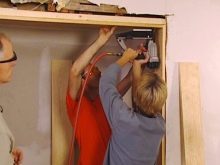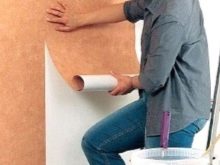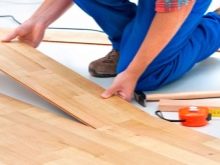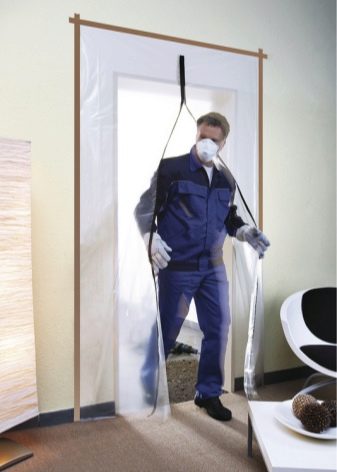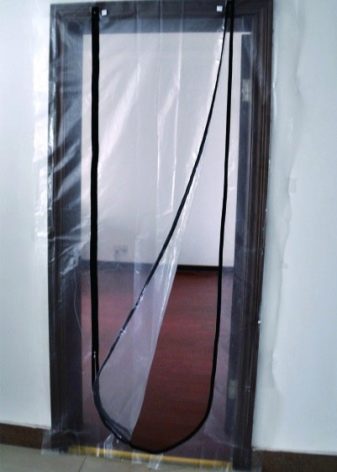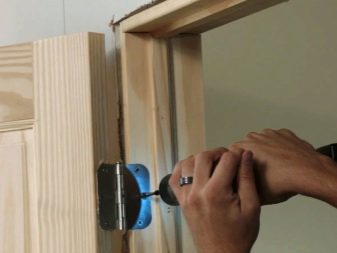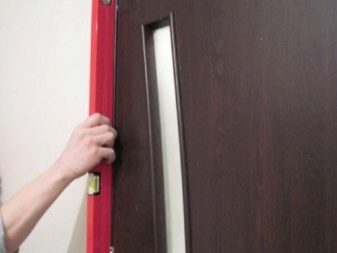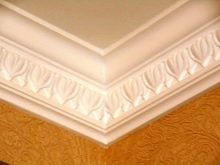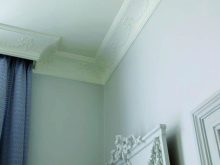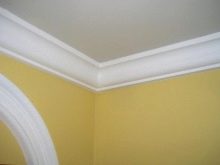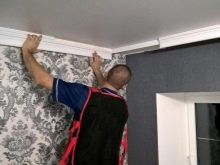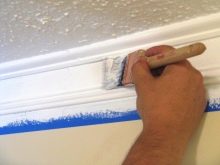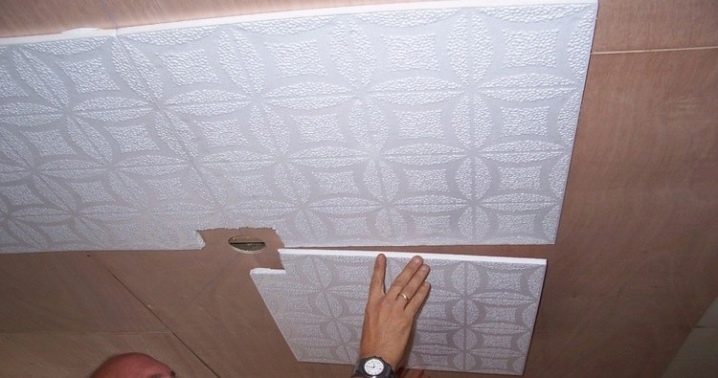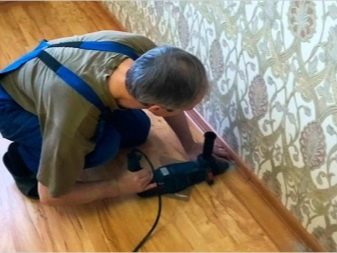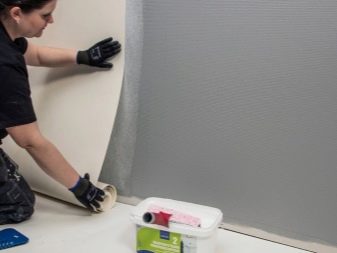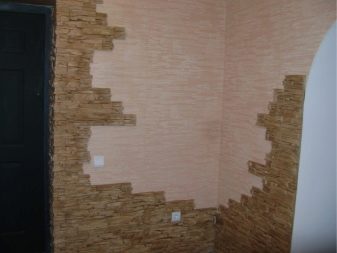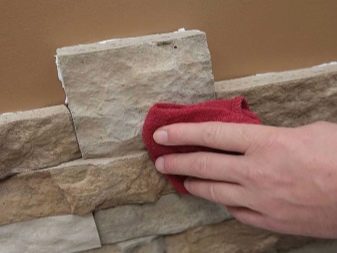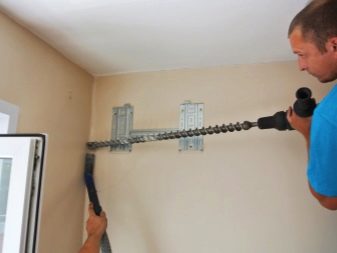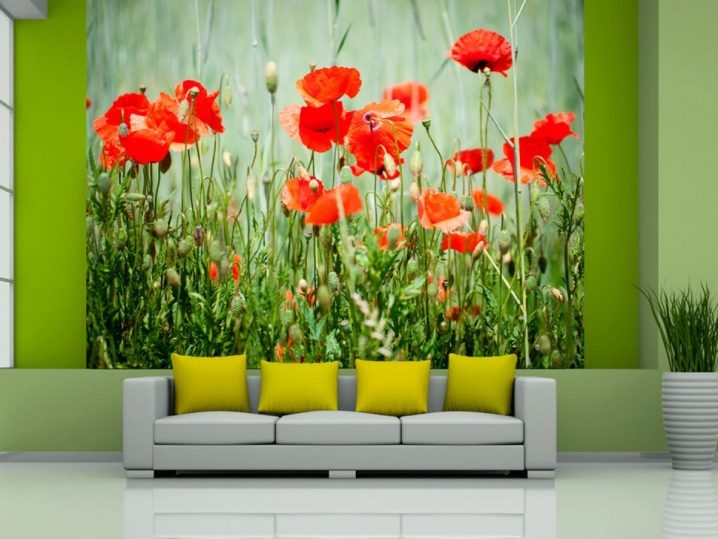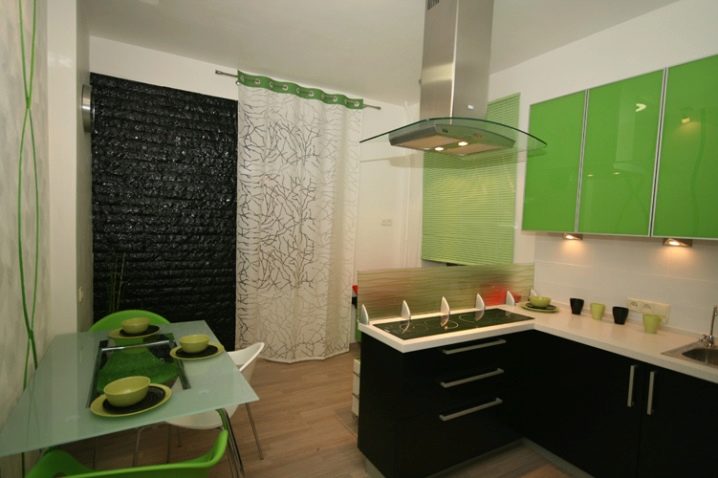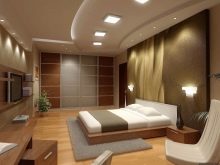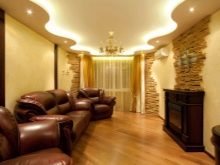Sequence of actions in the repair: where to start?
Taking over the repair work in the house, many owners are lost. At the initial stage and during the process itself, many questions arise, especially during the period of interior decorating. To facilitate the work and streamline all actions, a plan should be developed in which each stage is clearly distributed. It will help not to make mistakes, save time, nerves and money.
Finishing stages
So, starting the decoration of the premises is to get acquainted with the order in which to produce work. As previously stated, such an approach would help to complete the repair fairly quickly and avoid various shortcomings, and, therefore, their correction.
The main stages of finishing:
- The main direction of work - from top to bottom.In other words, it is standard at the beginning to finish the ceiling, then the walls and at the end of the floor. This unusual principle serves to preserve the already finished parts of the room from damage during processing and installation of other areas.
- If a floor screed is required before laying the floor covering, then first make it. A screed is an intermediate layer that serves as the basis for a floor covering, adding stiffness to it, and hides communications. The better it is made, the longer the coverage will last. Screeds vary in composition, method of adhesion and styling, as well as purpose.
- You can level the walls with plaster. Depending on the initial state of the walls, you may need one or several layers. Before plastering, the walls must be primed in order to improve the condition of the surface and subsequently the paint was kept better.
- Finally, at the conclusion of the preparation of the walls, they putty. Carefully patched all the irregularities and places of breeding communications. The walls are prepared for finishing.
- Installation of door frames. The door can be installed immediately and closed with dense polyethylene to protect against dirt and mechanical damage.
- Paste the walls with wallpaper;
- Laying of a clean floor covering (laminate, linoleum, parquet).
- Fastening ceiling moldings, decorative elements, switches, sockets and platbands.
It is necessary to begin repair work from the most distant rooms and move towards the exit. Finishing the hallway and hallway spend at the very end. All this will prevent dirt and dust from getting into the finished rooms, as well as damage to fresh surfaces.
Having finished one room, the door leading into it closes and curtains with thick plastic wrap. This will protect clean materials from dirt, dust, paint or plaster.
FAQ
Some of the most frequently encountered issues that relate to interior decorating.
What is the first door or wallpaper?
You can put interior doors both before wallpapering and after. The main thing is not to combine these two works and not to carry them out simultaneously. When the wallpaper is glued, the moisture in the room is collected and stored at a high level for up to three days.
Cloths, door frame, decorative strip swell and increase by about five centimeters. Simultaneous installation of the door will lead to the fact that later after drying there will be a large gap between the blade and the box.The door lock is also likely to break.
Installation of interior doors
Before:
- Good: the dust generated during the installation of the door will not settle over the wallpaper.
- Poorly: you have to spend time and carefully cut, and then fill the edges of the canvas for the decorative strip (platband).
After:
- Good: during the installation of the door, you can hide all the errors of plastering.
- Poorly: if the dimensions of the doorway are not maintained, and at the time of pasting the wallpaper was cropped on the opening, the casing may not close the gaps.
When to glue the ceiling plinth?
The ceiling plinth is a decorative element that serves to delimit and conceal the joints between the ceiling and the walls.
Ceiling plinths include:
- baguettes;
- cornices;
- curbs;
- fillets.
Their task is not only to conceal the seams and transitions between the wall and the ceiling, but also to prevent the formation of cracks.
You can glue the plinth before and after wallpapering. However, it is more appropriate to mount them just before the wallpaper.
All surfaces must be leveled with a putty. When the fillet is planned to be painted over, they do it immediately after painting the ceiling, until it dries.Otherwise there will be traces between them.
Without painting the baseboards, waiting for the ceiling to dry completely, you should close the joints with a tape that protects the ceiling from glue, and crepe the baseboard. Only then the walls are painted or glued, adjusting the edges of the canvas. If you then need to change the wallpaper, without touching the baseboard, they can be easily removed. Therefore, it is right to first glue the ceiling plinth.
If the plinth is glued on top of the wallpaper, then in this case you will have to laboriously cut everything off or make a complete change, along with the plinth.
When is it better to stretch the ceiling?
Stretch ceilings specific product, which makes it possible to mount them already at the final stage of finishing works. During the stretch, there is practically no dirt and the probability of damaging the finished wall and floor covering is very small. However, experts advise to hire craftsmen to get quick and high-quality results.
In this case, the principle of top-down does not work. It is intended for primarily standard and conventional repairs.
Initial ceiling tile or wallpaper?
It is best to stick a ceiling tile at the beginning.In order not to later stain and damage the wallpaper, as the paint, whitewash, glue and similar substances leave almost unscratched marks on them.
Floor or wallpaper: what before?
Training. It is necessary to prepare walls only after a floor. The garbage is removed and it must be ready for laying the finishing floor. It is laid at the end of the repair work. Prior to this, the base is covered with a film in order to calmly remove traces of plaster.
Laying. All wallpapers are glued before linoleum is put in, and wood floors must also be scuffed at the end. However, some craftsmen believe that they are engaged in wallpaper after laying the floor and attaching the plinths. This is due to the fact that the walls can be replaced at any time, without touching the baseboards.
What is a decorative stone or wallpaper ahead?
It also does not matter what to glue first. Basically it all depends on the professionalism of the performer.
If you stick a decorative stone at the beginning, then the wallpaper is simply customized and cut in the areas of overlap on the stone. Even if there is too much wet canvas, it will dry out and the joint will be invisible. The wallpaper is cut with a stationery painting knife with a thin blade.They are tightly pressed to the stone with a spatula and cut along the edges with a knife. The spatula keeps wet wallpaper and does not allow them to burst.
You can also stick a decorative stone on top of the wallpaper. However, work must be done carefully so as not to mess them with glue. To prevent this, you can pre-outline the boundaries of the future attachment, and paste masking tape on the wallpaper. At the end of the tape is removed and the canvas remains clean.
When do they put air conditioner?
To begin installation of the air conditioner correctly before pasting the walls or plasterboard plasterboard. Communications connecting the two blocks (indoor and outdoor) are hidden in the walls. At the same time, install the outdoor unit, thereby completing the dirtiest part of the work.
At the end of the interior trim mounted indoor unit. It takes about an hour to install, and after that a test run and an air conditioner are tested.
Photo wallpaper or wallpaper first?
Initially it is better to stick the wallpaper, then docking with them to paste the wallpaper and wallpaper strips again. However, in order for the drawing to lie flat and not to slant anywhere, it is necessary to mark the vertical. The vertical is the standard by which the wall is aligned. It is useful for rough and bumpy walls.This is not necessary, but it will help to keep the drawing level.
Examples in the interior
To accurately understand the course of work consider them on the example of finishing the kitchen.
It is necessary to decide on the layout of the room and interior. You can think up the interior yourself or choose from the already finished works available on the Internet.
Next, the so-called “zones” are designed, to which the necessary materials are already selected. The kitchen should have two "zones" - this is a working place, where food and dinner are prepared. They are usually separated by different facing materials. The working area is finished with tiles, and the dining area - with wallpaper, thus creating a cozy atmosphere. Of course, this is an approximate standardized solution.
Work plan
- Dismantling. With easy cosmetic repairs just removed the old coating. If more difficult capital repairs are necessary, then here everything is dismantled.
- Change of communications. Replace electrical wiring and, if necessary, water pipes.
- Alignment Installing the floor, plastering the walls or leveling plasterboard. At the same stage, construct multi-level ceilings.
- Puttying First, putty ceiling, then the walls.
- The last stage is fair or finishing interior the premises.
The repair steps can be viewed in the next video.
Finishing interior decoration includes:
- We tile the walls and floor. Laying linoleum with laminate is provided only after painting the ceiling.
- We cover the flooring with thick plastic wrap and glue the baguettes. We paint the ceiling, at least in two layers. Paint should be washable. If the stretch ceiling is planned, then its installation is carried out later.
- Laying the finishing flooring (linoleum or laminate).
- Attach the ceiling plinth. We paste the walls with wallpaper, preferably washable.
- Installation of sockets, switches, lamps and furniture itself.
So here is the sequence of repairs in the kitchen. It is worth remembering that the stages are not always strictly followed, it all depends on the materials used.
